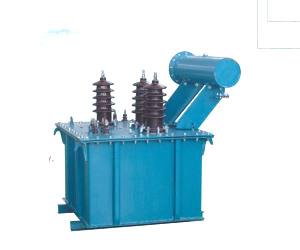What are the factors caused by overheating of special transformers?
Special transformers will often appear overheating during use. We don’t need to panic about the overheating situation, thinking that there is a problem with the special transformers. In fact, the special transformers will often overheat during the operation of the special transformers. In the event of overheating of special transformers, we must look at the factors and causes of overheating of special transformers. Only in this way can the use efficiency of special transformers be improved, so that special transformers can operate smoothly and safely. Factors caused by overheating of special transformers Which are there?
Factors leading to overheating of special transformers:
1. The selection of △B is too high, the magnetic core is hot (no-load check whether the magnetic core is hot);
2. The selection of △B is not high, the high-frequency loss of the magnetic core itself is large, and the magnetic core is hot (no-load check whether the magnetic core is hot);
3. The line current density is too large, and the winding is hot. If the no-load magnetic core is not hot, it should be the winding current density is too large. Of course, the magnetic core is heated due to the high-frequency harmonics generated by the dispersion parameters;
4. The winding current density and the selection of magnetic core △B are not suitable, and both the winding and the magnetic core are hot.
5. In the step-up special transformer (output high voltage), the large dispersion parameter produces high-frequency oscillation, which causes the core and winding to heat up.
6. Design special transformers with high power density but no heat dissipation measures. When the temperature of special transformers rises, such as plane special transformers, there should be good heat dissipation measures. The selection of current density is based on power and volume: small power is relatively large in surface area and heat conduction path is short in current density It can be selected to be larger; the power is large, the thermal conduction path is long, and the circuit density is selected to be small. After the high frequency is generally above 200kHz, attention should be paid to the adhesion effect to select the appropriate wire diameter, and the stranded wire can be used if the current is large. The temperature rise experience formula △T= The total loss of the special transformer mW\/the outer area of the special transformer (CM2) 0.833 The outer area and volume of the plane special transformer is smaller than that of the large iron loss\/the outer area value is relatively small, so a higher △B can be selected.


